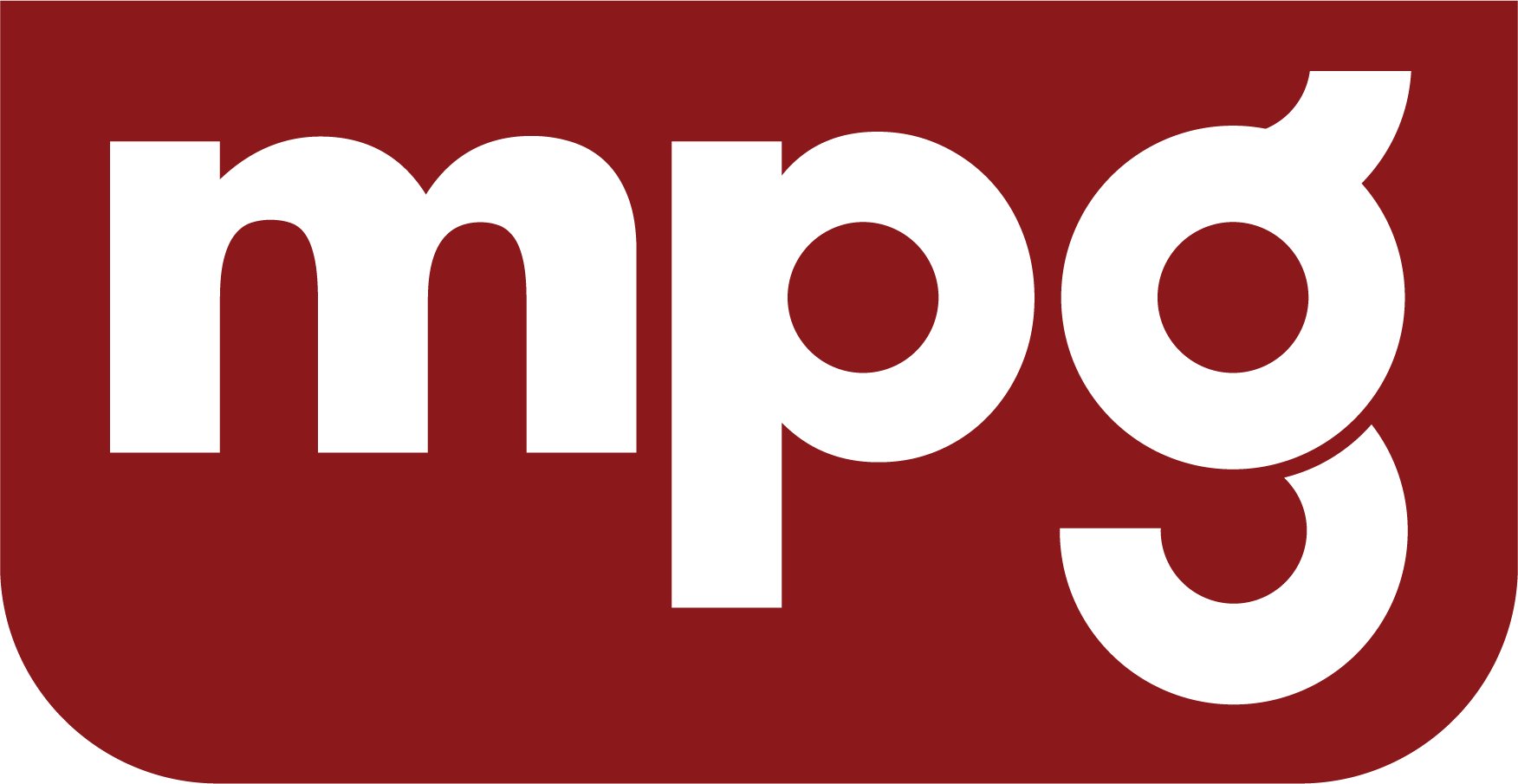Why Agility Matters
In the world of modern governance, one truth has become undeniable: static governance frameworks no longer work.
As organizations grow more digital, global, and interconnected, governance structures must keep pace with constant change — from evolving regulations and risk environments to emerging technologies like AI and data analytics. Yet, many companies are still managing their most critical policies, charters, and compliance frameworks in outdated, static formats.
It’s time for governance to evolve from being a binder on a shelf to becoming a living, breathing ecosystem that adapts as fast as the business it supports.
According to Diligent.com’s governance technology insights, leading organizations are now embracing “agile governance” — a model built on collaboration, digital tools, and continuous improvement. The shift isn’t just about convenience; it’s about survival in a rapidly shifting regulatory and operational landscape.
The Problem with Static Governance
For years, governance documents — such as board charters, risk management policies, and compliance handbooks — have lived in static files, buried deep in shared drives or printed handbooks. They’re often updated annually (at best), and by the time revisions are approved, the business environment has already moved on.
Static governance creates a dangerous illusion of control. It suggests compliance where, in reality, blind spots have already emerged.
In an age where regulations change overnight and risk exposure can evolve in real-time, that delay can cost organizations credibility, efficiency, and trust.
In short:
📄 Static governance slows decision-making.
📉 It disconnects oversight from operational reality.
⚠️ It increases exposure to regulatory risk.
The organizations that thrive in 2025 will be those that treat governance as an agile discipline, not a static structure.
The Rise of “Living Governance”
A living governance document is one that evolves dynamically — updated regularly, collaboratively, and digitally.
It’s not just stored; it’s managed.
It’s not just read; it’s used.
Living governance frameworks are characterized by:
- Continuous updates: Policies evolve as regulations, market conditions, and technologies shift.
- Version control: Every edit is tracked, with clear records of who changed what and why.
- Collaboration: Teams across compliance, legal, IT, and operations contribute insights.
- Accessibility: Stakeholders can access the most current version anytime, anywhere.
This model mirrors what agile methodology brought to software development — adaptability, transparency, and responsiveness.
In governance, agility isn’t about breaking rules; it’s about staying relevant and responsive to them.
Agility: The New Competitive Advantage in Governance
In 2025, agility isn’t a luxury — it’s a differentiator.
According to Diligent’s 2024 Governance Report, over 70% of governance leaders identified real-time updates and data integration as top priorities for the coming year.
Why? Because organizations are facing:
- Rapid regulatory change (AI regulation, ESG reporting, data privacy laws).
- Heightened stakeholder expectations for transparency.
- Increased board accountability for risk management and ethical oversight.
Agile governance allows organizations to keep policies active, link decisions to data, and ensure that leadership always has a real-time view of compliance health.
It transforms governance from a reactive activity into a strategic enabler of resilience and trust.
How Governancepedia Brings “Living Governance” to Life
At Governancepedia, we believe governance should evolve at the same speed as innovation.
That’s why our DocxChange concept was built to transform static documents into living governance frameworks.
With Governancepedia, you can:
📁 Store & Manage Documents: Keep all governance materials organized and accessible in one secure digital hub.
🔔 Set Update Alerts: Never let a policy go stale — get notified when a review or update is due.
👥 Collaborate with Your Team: Work together on revisions, assign responsibilities, and track version history.
🌍 Access Community Best Practices: Connect with governance professionals and benchmark against evolving standards.
By using Governancepedia, your board charters, oversight policies, and compliance frameworks remain accurate, agile, and audit-ready — all within a transparent, collaborative ecosystem.
Why This Matters Now
The world of governance is shifting toward technology, collaboration, and real-time insight.
Organizations that cling to static documents risk losing both control and credibility, while those that adopt living governance models gain clarity, confidence, and compliance continuity.
It’s no longer about how well your policies are written — it’s about how quickly they can adapt.
With Governancepedia, you don’t just manage governance; you elevate it into a living, evolving system that keeps pace with modern demands.
Take Action: Make Governance a Living Process
This week, take one key governance document — your risk committee charter, code of conduct, or data governance policy — and bring it to life through Governancepedia.
📊 Upload it.
🛠️ Activate update alerts.
🤝 Collaborate with your team.
🌐 Link it to community best practices.
It’s the first step toward agile governance — and a future where your organization’s framework never falls behind.
🔗 Visit Governancepedia.com today and see how DocxChange can transform your governance from static to strategic.

